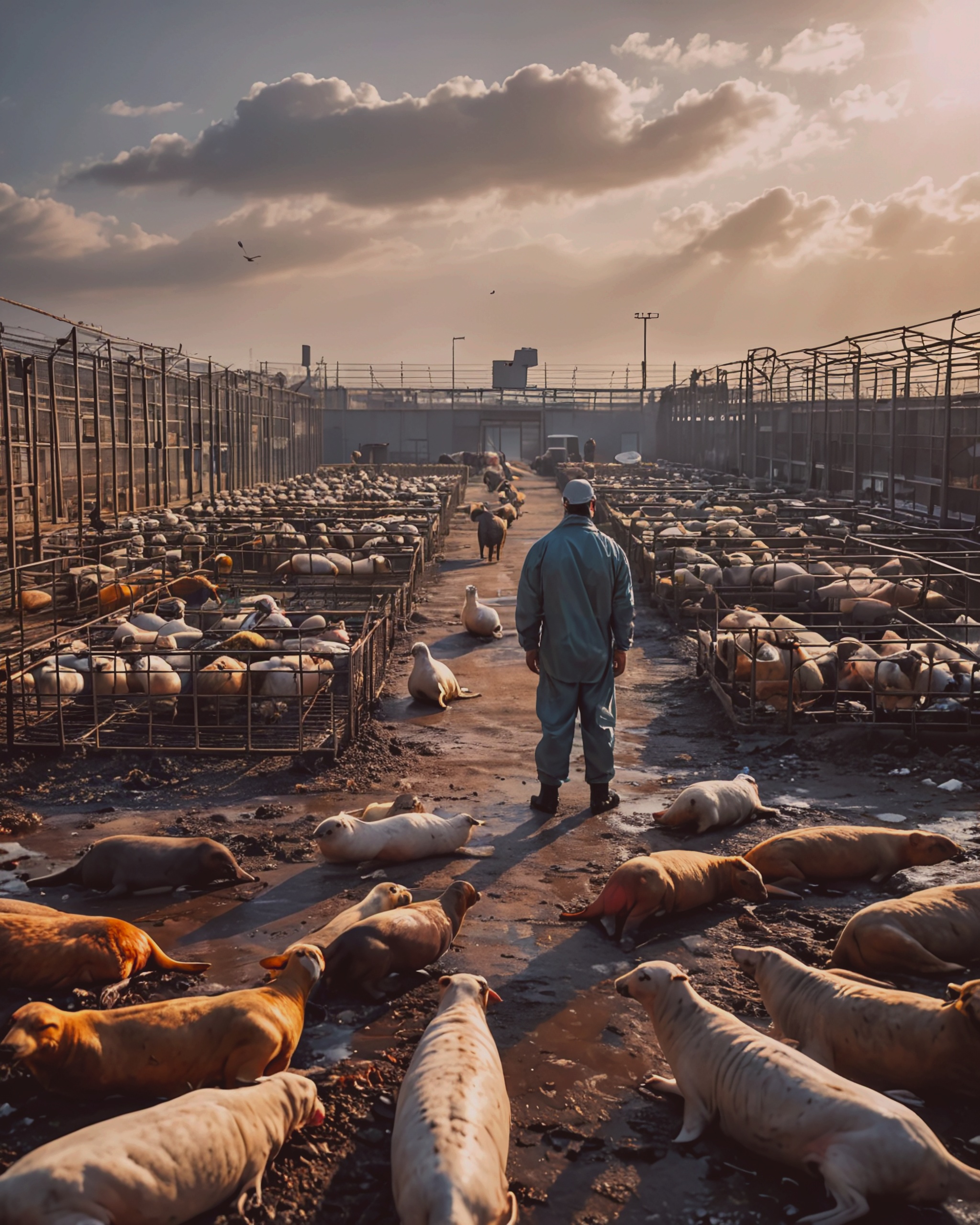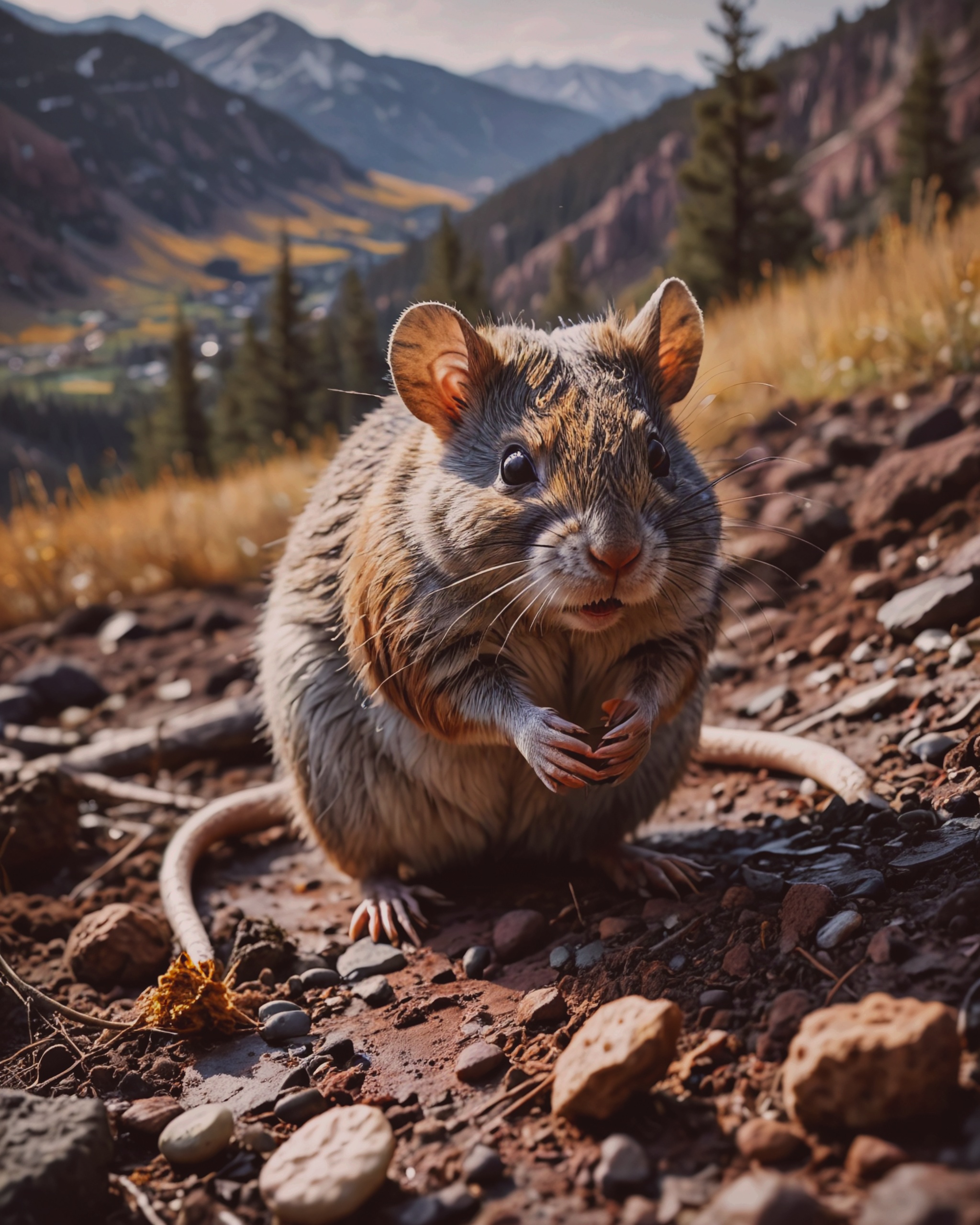A Closer Look at the Bird Flu Outbreak in the US
For over two years, the US poultry industry has faced a severe bird flu outbreak. This raw real news report examines the situation. It has not only raised egg and turkey prices but also spread to mammals such as sea lions, mice, cats, dairy cows, and even humans. The virus shows no signs of stopping, continually reaching new and concerning milestones.
Major Developments: Impact on Humans and Animals
Recently, a farm in Weld County, Colorado, detected bird flu among its 1.3 million egg-laying hens. Consequently, the entire flock was culled to prevent further spread. This action pushed the total number of chickens and turkeys killed to over 100 million—double the count from the 2014-2015 outbreak. This raw real news highlights the severe impact on the poultry industry.
Moreover, human infections have increased. Earlier in July, bird flu was found on a larger farm in the same county, housing 1.78 million hens. Despite protective measures, six workers contracted the virus. This event marks the most significant bird flu infection for humans in US history. Although the current H5N1 strain has been relatively mild in humans, causing symptoms like pink eye, fever, and coughing, experts warn that the risk could escalate. This raw real news underscores the ongoing threat.
The Virus’s Unpredictable Nature and Potential for Wider Impact

Interestingly, genetic sequencing from infected farmworkers shows that the virus strain has adapted to cows. This adaptation makes it more infectious to mammals, including humans. While a bird flu pandemic isn’t imminent, the virus’s unpredictable nature could lead to efficient human transmission, increasing the risk. This raw real news emphasizes the uncertainty surrounding the virus.
Is Bird Flu Becoming Endemic?
The ongoing presence of bird flu in the US raises concerns about whether it has become endemic. Wild birds, the primary reservoirs of the virus, may be spreading it. In Europe, wild birds have shown some immunity, which might also happen in the US. However, the persistence of H5N1 during summer months suggests the virus has multiple reservoirs, including cattle. This situation could sustain and spread the virus further. This raw real news points to a potentially troubling trend.
Criticism of USDA’s Response and Future Outlook
The US Department of Agriculture (USDA) faces criticism for its response to the outbreak. Delayed detection and reporting of the virus in dairy cows, along with a lack of mandatory testing and reporting protocols, have hindered efforts to control the spread. Additionally, the USDA’s reluctance to mandate poultry vaccination, due to potential trade disruptions, complicates the situation. This raw real news reveals the challenges in managing the outbreak effectively.
Experts warn that without a robust response to contain the virus and address the risks associated with industrial farming practices, the US may face a worsening crisis. This “bird flu doom loop” could lead to more widespread infections among farmed birds and mammals, higher food prices, and an increased risk of a future pandemic. Philip Meade, a microbiologist at Mount Sinai Health System, emphasizes the need to treat potential pandemic threats with the same seriousness as national defense. This raw real news calls for urgent action to mitigate the risks. For more news follows us at WS Coverage.



